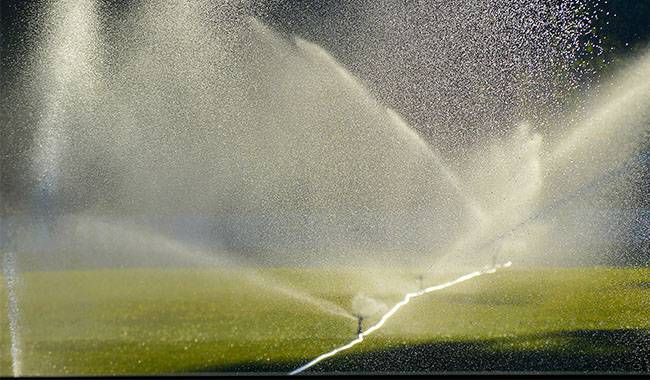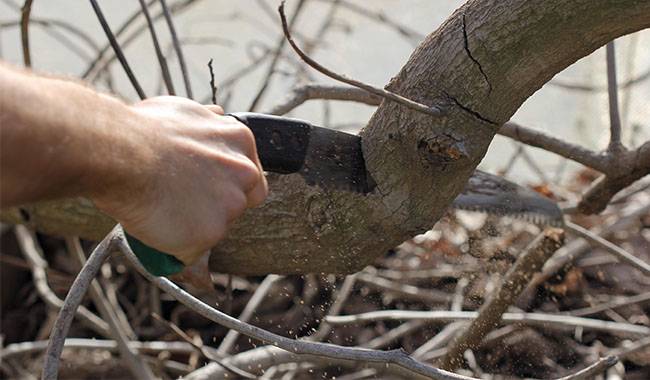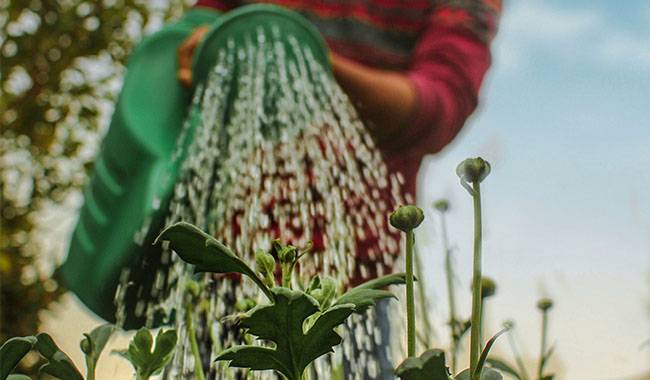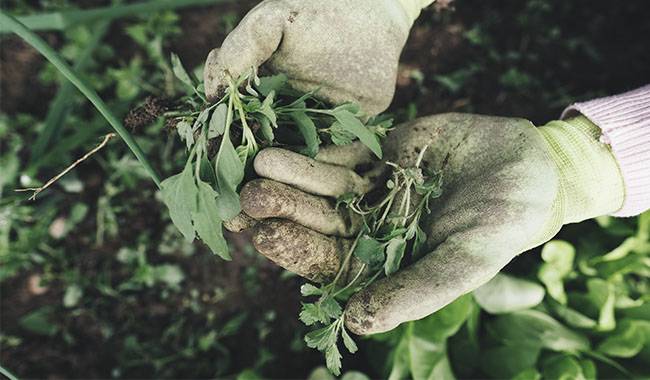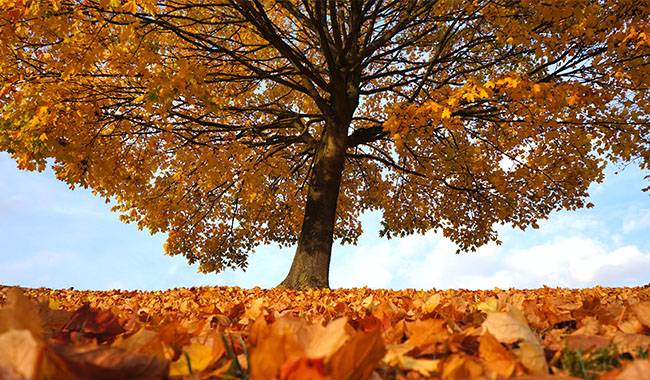
A fallen autumn falling leaves is so beautiful. But it must be removed from the garden, and in preparing the garden and yard for next spring, there is no other way than this technique. This method is necessary because the limited space of the fence naturally accumulates various negative microorganisms in the form of fungi, bacteria, and other diseases, as well as pests in the form of pupae, larvae, spores, adults, etc. that overwinter in comfortable conditions. At the same time, according to the laws of nature, what is removed from the soil must be returned to the soil. Otherwise, after a few years, one can clearly see the sanding of the soil, its natural (and effective) fertility decreasing when mineral fertilizers will not be as effective as they were a few years ago.
What can I do? Just make good use of the autumn leaves that fall from the sky.
PREPARING COMPOST FOR FALL LEAVES
To prepare your fall leaf compost, you will need to prepare several compost pits on your plot (the pits are not marked, as it can be just a place, a box, a bag, etc.).
- For aerobic fast composting.
- For anaerobic, longer fermentation time, but also higher quality in terms of composition.
- Pit for maturing manure and other plant and animal waste in humus
- A pit for storing diseased waste
- A waste incineration chamber.
In a horticultural first aid kit, it is necessary to buy and prepare solutions to prepare live and effective soil microhabitats. They destroy disease-causing microorganisms in the soil and at the same time help to process organic matter into humus compounds.
Bio fungicides can be mixed with biocides. Always check the compatibility of products before preparing tank mixtures. They are effective in killing infectious microflora and pests (at different stages of development). The resulting organic matter will be free of pathogenic infections and pests.
The pits do not have to be large, but the finished product must be used as organic fertilizer in vegetable and berry gardens. During the summer, each pit is filled with the appropriate amount of waste.
Aerobic compost from autumn leaves
For aerobic composting, drainage is from large branches (from spring pruning), wood chips, poles, and other debris into the soil. The drainage layer is pressed down with a pitchfork to allow more oxygen to enter the product and speed up the rate of fermentation or decomposition. On top, the plant components for fermentation are placed in layers. These are usually young weeds, leaves from woody crops, post-harvest tractors, grass clippings from lawns, and other light waste. Layer 6-8inch (15-20 cm) and sprinkle a few shovels of soil with a working solution of “Effective Microflora (EM)” (whatever). Fill in the next layer. The pile will gradually increase, and after 1.5-2 months. It can be transferred to the garden bed.
EM is a microbial technology invented by Professor Toshio Higa of Sulphur University in Japan and is an abbreviation of “Effective Microorganisms.” It is the organic integration of a variety of beneficial microorganisms, including aerobic and anaerobic bacteria, through a unique fermentation technology, in which each microorganism grows together in the process of proliferation, forming a powerful whole, playing a “beneficial decomposition,” “antioxidant The microorganisms grow together in the process of proliferation to form a powerful whole, playing a variety of roles such as “beneficial decomposition” and “antioxidant.
Fast composting with fall leaves
Experts in the field of “effective microflora (EM)” preparation recommend preparing a 3-day compost pile for flower beds. This applies to the processing of autumn leaves.
Autumn leaves and tracts (healthy) from the garden and cut grass from the lawn are layered in a pile prepared in the above-mentioned way, watered with hot water at 176°F (80ºС), and after 5-6 hours, the working solution of “Effective microflora (EM)” is added. The pile is lightly inclined. The pile will “light up.” 2 days later, the pile is again watered with a sufficient amount of water, again at a sufficient rate, and gently stirred.
After 3-4 days, the “Effective Microflora (EM)” solution is poured in again so that the “Effective Microflora (EM)” compost (“green” immature) is transferred to the excavated bed.
In warm periods, especially in the south and in the warm areas of the middle belt (September-October), the leaves in the soil treated with the “Effective Microflora (EM)” product decompose completely, and in spring, the soil becomes light and fluffy. Use a rake to gently loosen them from the soil crust and start sowing or planting at the optimal temperature.
Anaerobic compost from fall leaves
Prepare a hole 15-20inch (40-50cm) deep for anaerobic compost. Lay 6-8inch (15-20 cm) of crushed organic matter (weeds, tractors, other debris) and the same fall leaves. Place a 1-2inch (2.5-5 cm) layer of soil between the organic matter layers. Each layer is lightly moistened with water and then watered with a working solution of any “effective microflora (EM)” preparation. The total moisture content of the compost was 50-60%. All components are thoroughly compacted to limit the entry of oxygen. The temperature of this pile must be maintained at 77-86°F (25-30ºC). If the temperature rises quickly and is high, the pile should be made wet. After tamping, cover it with plastic film or even with a layer of grass. Fermentation takes 3 to 5 months (instead of years), and “green” compost can be incorporated into the soil after 3-4-5 weeks. The disadvantage of “green” compost is a large amount of silage that makes it difficult to digest, but this compost retains a large amount of nutrients and allows for better development of anaerobic “effective microflora (EM)” that recycles roots and other organic residues deep in the soil into humus.
Manure storage
Almost every dacha has a place to store manure, chicken manure. It is usually a shallow pit so that the mud does not spread around the vegetable garden and feed the nearby weeds. The bottom is covered with roofing felt or several layers of aluminum foil to preserve the mud. A box of any material (wood, plastic, slate debris, etc.) is knocked down and placed around it. The manure decays for 2 to 3 years and is applied to crops that respond to the application of decayed manure. To increase the organic content of the soil, undecomposed manure is applied to the garden beds every 4-5-6 years and incorporated into the soil. If manure is not available, use compost. Application of manure can be combined with digging up fall leaves scattered on the beds under fruit trees and forest trees.
DESTRUCTION AND DISPOSAL OF PEST AND DISEASE TRACTOR LEAVES, WIND AND SAND, AND AUTUMN FALLING LEAVES LITTER
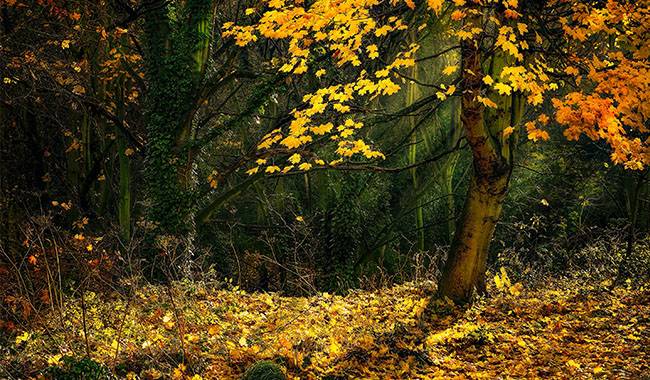
Cottagers can dispose of pest and disease tractors and leaves in their own way. Either burn them immediately (which you must do if they are infected with the virus) or place them in a separate bin at the end of the garden plot, away from the vegetable garden, for 2 to 3 years.
The burning site should be in the same place so that the soil is not burned in a new area every year: burning kills not only diseases and pests but also beneficial microflora and beneficial soil inhabitants (worms, etc.).
In organic farming, a pit for infected garden tracts, fallen leaf litter is a must. Burned leaves and ashes from grass and trees are not as useful as organic matter (although it contains a lot of trace elements). Returning it to the soil is the first rule of soil science: as much as you absorb, you give back.
Fallen fruit, autumn leaves, leaves from tomatoes, eggplants, cucumbers, potatoes, onions, and other vegetable and plant crops infected by fungi, bacteria, and other diseases are put into the holes. Covered with a thin layer of soil. Literally 2-3 shovels per 4inch (10cm) layer of waste. Each layer is poured with a working solution of a higher concentration of “effective microflora (EM)” preparation (see recommendations), adding biocides and biopesticides. The laid parts are heated to 176°F (80ºC). Fermentation is carried out for 1.5-2-3 years, maintaining constant high temperatures and adding a solution of “effective microflora (EM)” preparations. This bio-compost can also be used for trees and shrubs or lawn grass.
If the garden consists of 8-10 or more trees, and you have 1-2 walnut trees, plus berry bushes and lawn, it is naturally difficult to put all the leaves in the compost pile. So what to do?
HOW TO COMPLETELY REMOVE AUTUMN-FALLING LEAVES FROM YOUR GARDEN?
You can perform the following actions.
- If the leaves are healthy and if the soil under the tree has not been dehulled, you can treat it on-site with a biological agent tank mixture. Leave in place for 1-2 weeks, or treat for 2-3 weeks at a time, turning each time. The mulch will prevent the leaves from sticking, and the increased air movement will help it cover better. In late fall (preferably early spring after a snowfall), incorporate these treated fallen leaves into the soil by shallow hoeing or hoeing. They will serve first as good mulch and then as organic fertilizer.
- Collect the leaves with a rake, lawnmower, blower, or garden vacuum with a leaf shredder, spread them over the beds, and dig them out.
From personal experience. For years, I have been unable to use organic fertilizer in my garden. Every fall, when I dug the first row of seedbeds, I put fallen leaves, small weeds, and garden tractors in the resulting alcove, then threw away the soil from the next row. So the whole bed is done. By spring, everything decomposes. I remove the soil crust with a rake, and after a steady heat, I plant and sow vegetable crops. After a year, I use bio-compost. I use a bucket every 11 square feet.
Trees usually lose their leaves gradually, and fall harvest is not enough. By spring, a considerable amount of snow-covered leaves accumulate in the seedbeds under the trees and on the paths. Since the soil needs to be cleared for planting or seeding, I gradually rake up the leaves from the beds and take them to the compost pile. Or, if the soil hasn’t been turned since fall, dig it up along with the semi-rotted leaves. If the leaves aren’t needed, put them in the compost pile.
What should I do with the leaves on my lawn?
If you have a lawn, it also needs to be properly prepared for winter. Mow the lawn again with a mower that does not have wastebaskets or waste bags. The finely shredded grass clippings dry out during the fall month and then mix with the falling rain into the soil, where they will decompose until spring.
If the lawn is of the wasteland type and has not been mowed all summer, it must be mowed in the fall (later so that the seeds can be shed for the next year), and the clippings must be removed.
Foliage from trees and shrubs must also be removed from the lawn. Otherwise, compacted clippings and fallen leaves will decay, resulting in large gaps in the lawn that must be reseeded in the spring.
Winter freezing of deciduous leaves
Some gardeners collect fallen leaves in bags during the winter and let them freeze over the winter. Some pests and some diseases are killed by the frost. In spring, this mass of leaves is sent to a compost pile, fermented, and sent to seedbeds.
WHAT DO I DO WITH THE FALLEN WALNUT LEAVES?
Huge clusters of walnut leaves are always intimidating to beginning gardeners. So where do you dispose of these piles of leaves? Some of them can be mixed with leaves from fruit trees and incorporated into the soil when replanting (see above), and others can be used for composting.
There is another use for walnut leaf litter. Stuff 1 or 2 galvanized buckets or barrels with leaves and filled them with as much boiling water as possible. Keep them closed tightly (so the film doesn’t tear off in the winter). During the winter, some leaves will rot and form a concentrate. The concentrate is used to prepare a working solution for treating plants to control aphids, spider mites, Colorado beetles, and other biting pests.
For the working solution, dilute 1 liter of concentrate in 2.5 Gal (10 liters) of water, add soap (for better adhesion), and spray on the plants. Spray 1-2 plants ahead of time to ensure no burns occur. If the working solution is highly concentrated, add only 0.5-0.75 liters of infusion per 2.5 Gal (10 liters) of water. Spray 2 times every 7-10 days. All fruit trees can be sprayed with this solution after flowering. Treatment should be applied in the afternoon.
More related information about Garden Care




